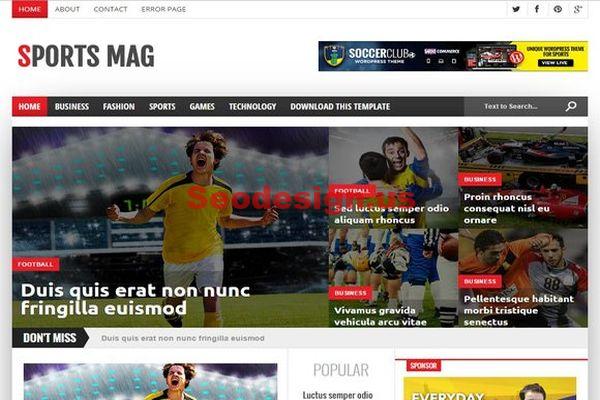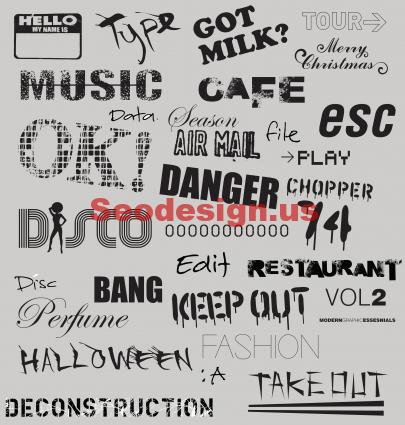Many people dream of designing a great website. In contrast, others think that you have to belong to Silicon Valley or have state-of-the-art tools to create a website. The good news is that even though designing your website sounds a little daunting, it’s not that difficult. This guide will show you that anyone can build a website.

But before you start designing your website, you must know a fact. Almost 40% of visitors leave a website only because they don’t find the layout attractive. You can think of designing your website like selling a car. Though it could have the most incredible engine, people won’t buy it if the appearance is unsightly.
Many website designers may tell you that there are ample things you need to know for designing a website. But we tried to make the process as simple as we could. As a result, this guide is helpful and easy to follow, and you will soon build a website.
6 Steps to Design Your Website All by Yourself
- Define Your Site’s Purpose.
It sounds like a no-brainer. But before you jump into designing your website, you must have a clear purpose for creating your website. Apart from knowing your industry trends, you also need to think about your USPs.
If you create your website just to boost your sales, remember that your customers are more intelligent than ever. Therefore, your website must be engaging and authentic and should not be selling all the time.
- Research For the Latest Web Design Trends.
In the digital era, everything is evolving quickly. Every day new website design trends are coming and going. Still, there are some prevalent trends you can learn from. Here you need to remember that it does not mean it is essentially suitable for you as the web trend is current.
It’s essential to take a look at the websites of your competitors. You will quickly know what is trending in your industry and what works. Every industry has a different style, so you must know whether you want to fit into your industry or disrupt it. Rather than settling for a good design, you must choose the one that goes well with your target audience.
You also need to find out what features your website must have to enrich the user experience.
- Choose A Platform.
Whenever you think of designing a website, the first thing that springs to mind is a professional agency, right? But you might need to invest a hefty budget in hiring top companies. Luckily, there is another way available: website builders. This is a DIY online tool to allow you to create and design your own website. So even though you don’t know a single line of code, you can create a beautiful website.
There are ample options available of varying quality. However, you need to do a little bit of research to find the best on the market.
The top 5 platforms are:
- WordPress
- Wix
- Squarespace
- Weebly
- Shopify
- Select A Template.
Now you are clear about your site’s purpose and also have a platform in mind. Now you are ready to move to the next step: finding a template. A template is sometimes referred to as a theme. Your website template is like the structure of your house. You can fill it with necessary belongings and make it worthwhile.
Most of the platforms we have mentioned above offer a range of templates to choose from. However, it’s better to find a template based on your industry. Selecting a template will help you save a lot of time and effort. Additionally, you can add features according to your need later.
- Decide Your Branding.
Now you have probably started designing your website. While planning your website, you must think about how everything you do can relate to your overall brand presence. Taken from the color scheme to your font style, everything is associated with your brand’s story. If your brand has a dominant color, you can use it on your website.
If you want your website to be following modern trends, you can choose vibrant colors. The font style that you choose, and the imageries must also go well with your brand.
- Add Optimized Content
So now you are done with designing your website, and it is time that you fill in the content on each page. Remember to add SEO-optimized content so that your website can rank higher on search engines. Research and find some keywords that can help your website to rank well. You also need to focus upon your website’s loading speed, metadata image, Alt text, mobile responsiveness, internal linking, and other aspects that matter to make your website SEO-friendly.
There you have it. Now you are armed with all the essentials for designing an SEO- friendly website. In addition, you can bookmark this guide while designing your website and use it as a manual.





